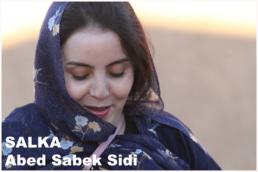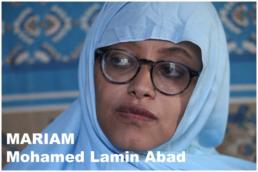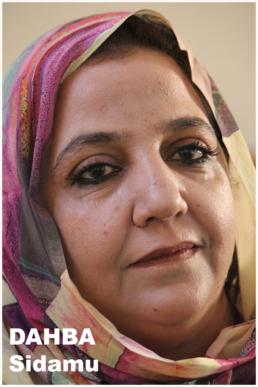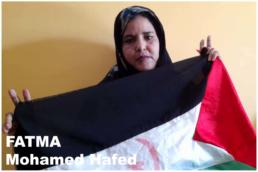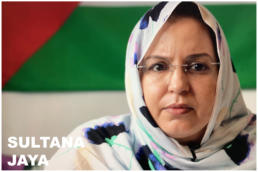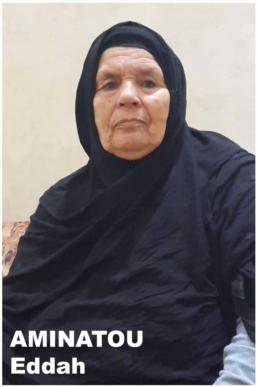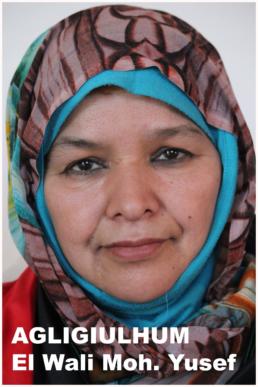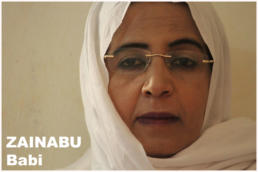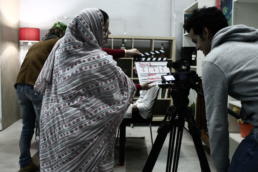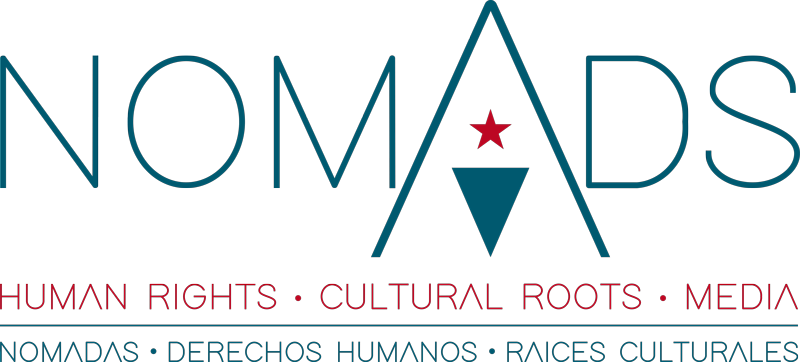
Jaimitna خيمتنا – (Our Tent):
Jaimitna, a multimedia artivism project spun from the collaboration between FiSahara, the Norwegian Support Committee for Western Sahara and a collective of Sahrawi women activists, as well as artists, architects, journalists and filmmakers, explores the spatial realities of people from Western Sahara in the context of colonialism, occupation and exile and celebrates their resilience and ability to preserve, protect and readapt the jaima (Sahrawi tent) despite these daunting obstacles. It is a Sahrawi-designed and led mobile human rights storytelling project that opens new spaces for learning and dialogue and contributes to a wider knowledge on Western Sahara and its people.
At the center is the Sahrawi tent, a symbol of pride, resistance and hope. Hand sewn by a collective of Sahrawi women in the Sahrawi refugee camps and designed and retrofitted to become a mobile art project, this tent’s shape and structure is similar to the four-door weather-resistant version in the camps.
Jaimitna will be exhibited at film screenings, festivals, universities and other venues, providing an intimate venue for visitors to connect with Sahrawi culture, resistance and feminism. Online content, including interviews, videos and photographs, will provide additional context.
On its outside, the tent is made from the canvas typically provided by humanitarian aid organizations, and this is the first view for visitors approaching it. Once inside the exhibit, they will discover the vivid identity of the jaima and the stories it tells. A tapestry of 19 colorful melhfas (similar to saris), each belonging to a woman human rights defender from the occupied Western Sahara, is stitched onto the interior walls.Each melhfa has a woman’s name and QR code and provides a narrative of life and peaceful resistance under occupation. These women include well-known activists such as Aminatou Haidar, Sultana Khaya and Elghalia Djimi, but also others who are not as well known, such as Mahfouda Lekfir. Videos and photos depict Sahrawi women on the frontlines of the struggle inside the Morocco-occupied territory.
The tent is filled with rugs, pillows and toys made of recycled materials used by kids in the refugee camps. Jaimitna provides visitors with a kaleidoscopic view of how the jaima has evolved and adapted, telling the story of how Spanish colonialism, Moroccan occupation, displacement, exile and extreme climate have forced indigenous Sahrawis to innovate and re-engineer their living spaces. In the past two centuries, these vital spaces have shrunk and reduced, threatening their traditional modes of living, their freedom of movement and ultimately, their survival as a people.
The jaima was banned in occupied Western Sahara in 2011 by a Moroccan royal edict after thousands of Sahrawis pitched tents and held a one month-long peaceful protest camp known as Gdeim Izik, a precursor to the Arab Spring, which was violently dismantled by Moroccan forces. Nowadays, Sahrawis under occupation who try to pitch their tents for weddings and other family occasions face violent repression.


